Recently, archaeologists have discovered more than 100 burials from the pre-Dong Son and Dong Son periods (dating from 2,500 to 4,000 years ago) in the west of Vuon Chuoi site, Hoai Duc district, Hanoi. The new discoveries are extremely important, helping scientists clearly prove the Hung King era of nation building with archaeological evidence.
The tomb was discovered at the Vuon Chuoi site, Hoai Duc district, Hanoi (Photo: Provided by the excavation team)
In mid-October, the excavation team from the Institute of Archaeology, Hanoi Museum and the University of Social Sciences and Humanities announced the discovery of 70 pre-Dong Son period tombs (about 4,000 years ago) and 40 Dong Son period tombs (about 2,500 years ago). The excavation was conducted from the end of March on an area of over 6,000 m2 with 60 excavation pits.
Inside the Vuon Chuoi Site are traces of pre-Dong Son cultural periods. The outer slope of the Site is a burial ground, in the northwest corner there is a very high density of burials forming a concentrated pre-Dong Son burial ground. It is possible that the site was formed in the late Phung Nguyen - early Dong Dau period, the first generation of residents to reside in this area.
An important feature to prove that burials date back to the pre-Dong Son period is the custom of pulling out the front teeth of adults. By the Dong Son period, this custom no longer existed. The system of remains in burials from different periods is still quite well preserved, promising to bring deeper understanding of anthropology, genetics, pathology, diet and movement... of ancient Vietnamese people.
Panoramic view of the 6,000 m2 Vuon Chuoi excavation site (Photo: Provided by the excavation team)
In addition, archaeologists have discovered pits for burying house pillars, allowing the assumption that the Dong Son people lived in long houses similar to the long houses of some ethnic groups in the Truong Son - Tay Nguyen region that are still in use today.
Speaking to the press, Professor Lam Thi My Dung - University of Social Sciences and Humanities said: "This discovery opens up new prospects for studying the architecture of daily houses in ancient Vietnamese villages during the Dong Son period, as well as the way of arranging residential space in the village."
Up to now, in addition to Vuon Chuoi Site, Lang Ca Site (Tho Son Ward, Viet Tri City, Phu Tho Province) is the largest known Dong Son culture site with 336 tombs discovered through 3 excavations.
The sites have special value, carrying within them the story of 4,000 years of nation building, helping scientists research and clarify the Hung King era and the ancient Van Lang State with archaeological evidence.
Thuy Trang
Source: https://baophutho.vn/phat-hien-khu-mo-tang-co-nien-dai-tu-thoi-hung-vuong-221208.htm


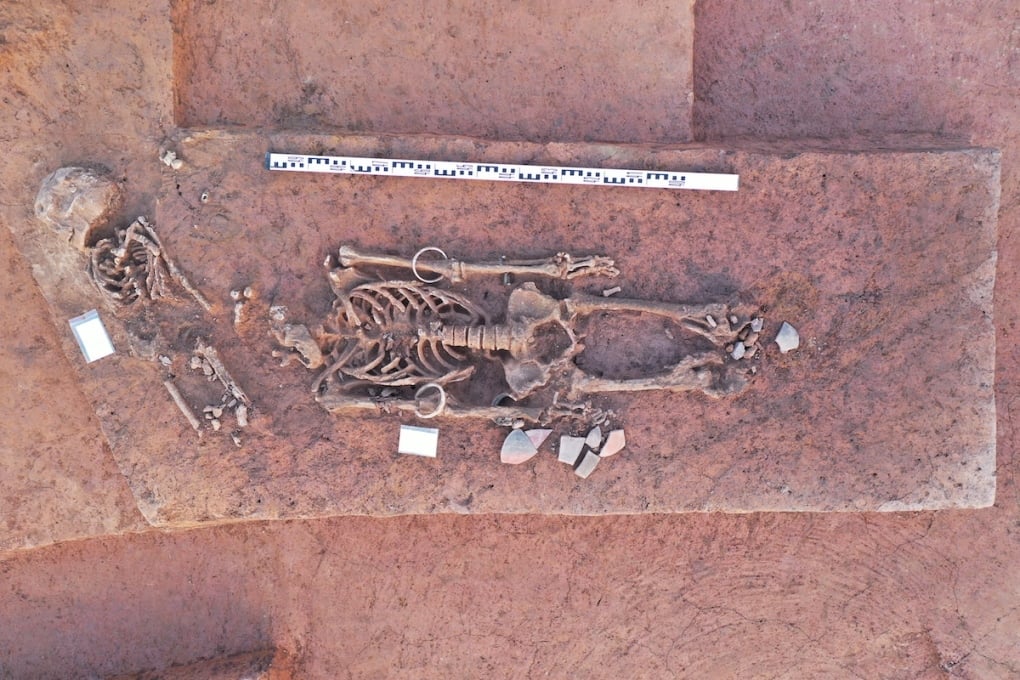
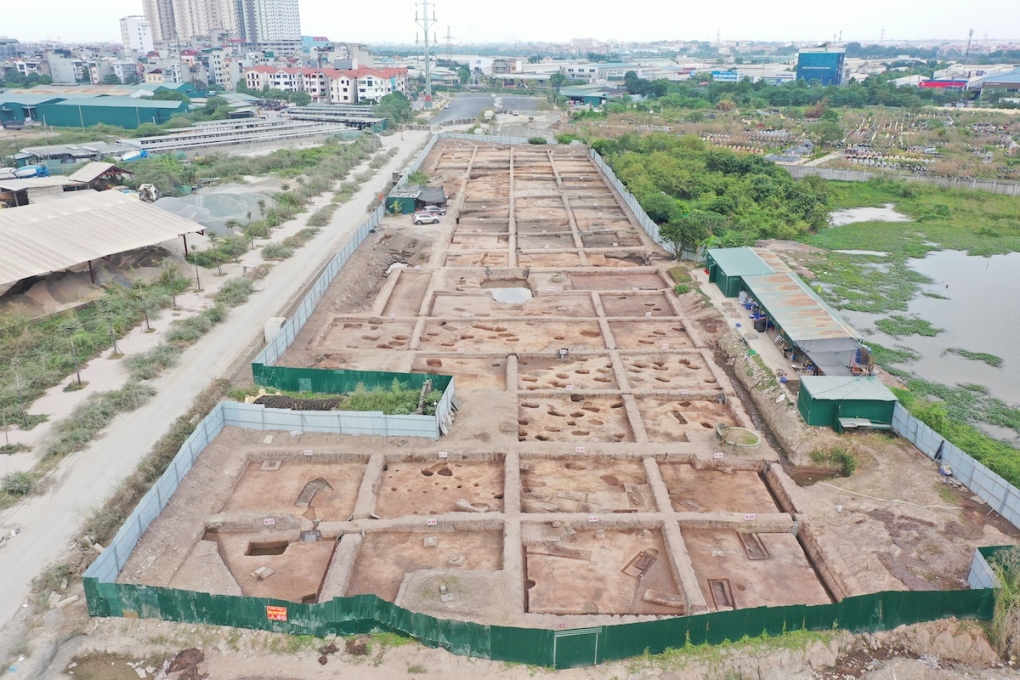





![[Photo] Urgently help people soon have a place to live and stabilize their lives](/_next/image?url=https%3A%2F%2Fvphoto.vietnam.vn%2Fthumb%2F1200x675%2Fvietnam%2Fresource%2FIMAGE%2F2025%2F12%2F09%2F1765248230297_c-jpg.webp&w=3840&q=75)
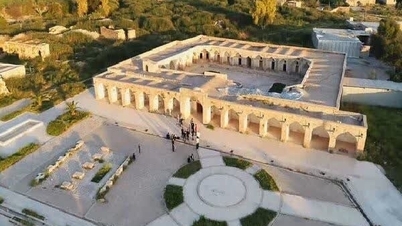

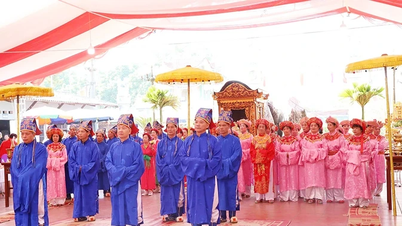

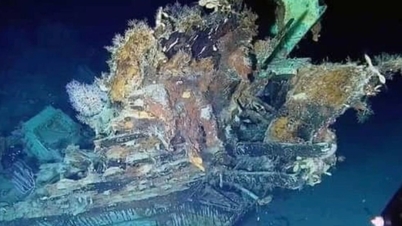











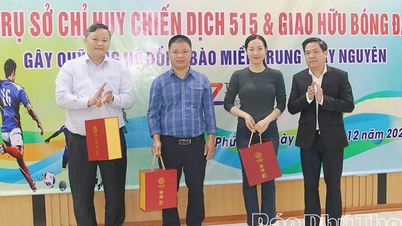






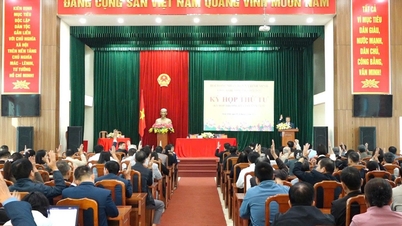
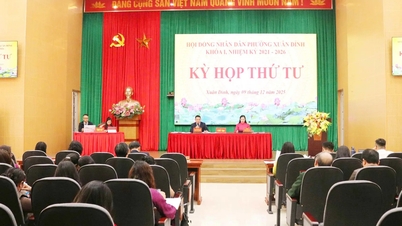
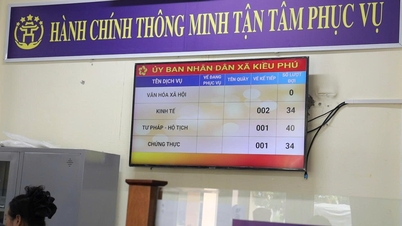
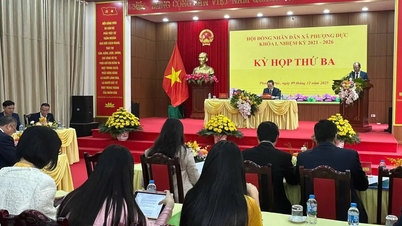

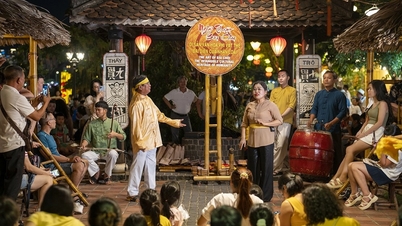

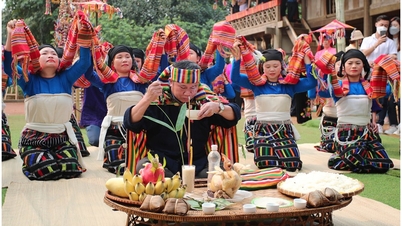


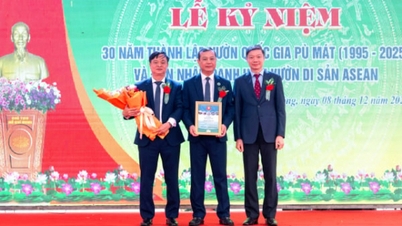


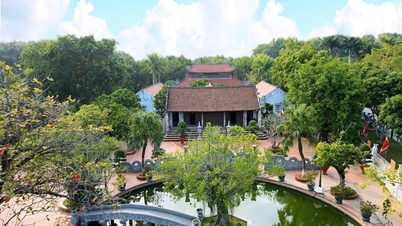
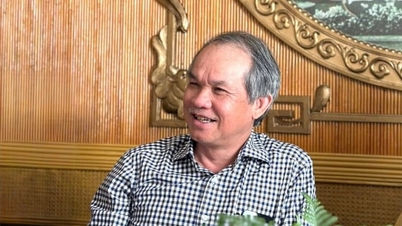




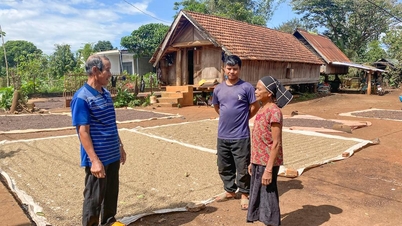



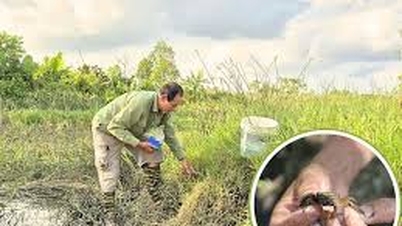










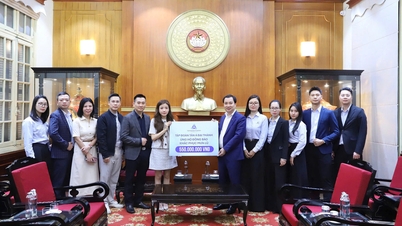






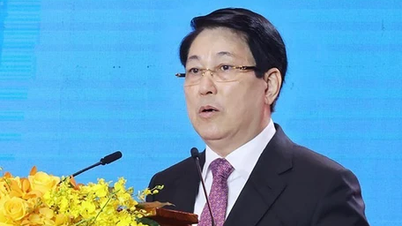
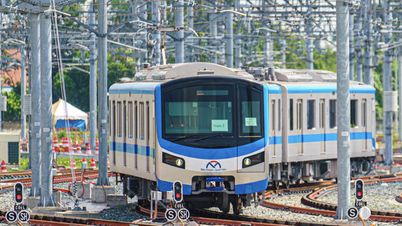


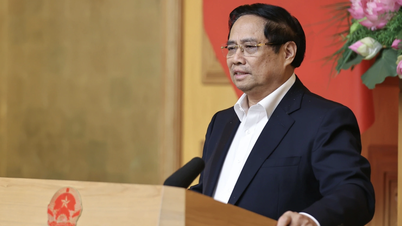


![[Photo] General Secretary To Lam works with the Standing Committees of the 14th Party Congress Subcommittees](https://vphoto.vietnam.vn/thumb/402x226/vietnam/resource/IMAGE/2025/12/09/1765265023554_image.jpeg)
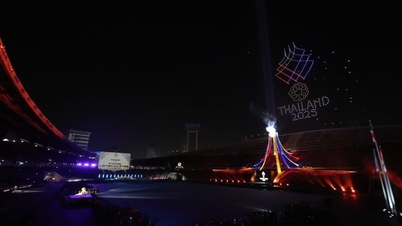




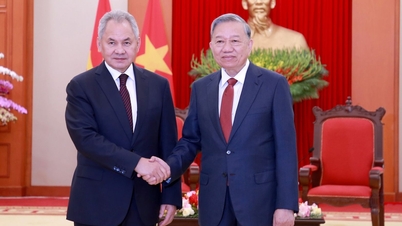


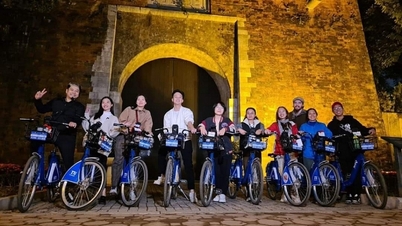

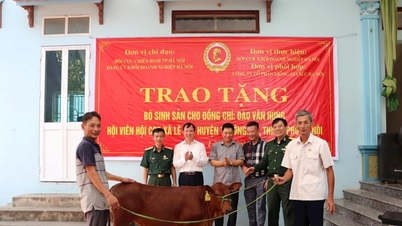
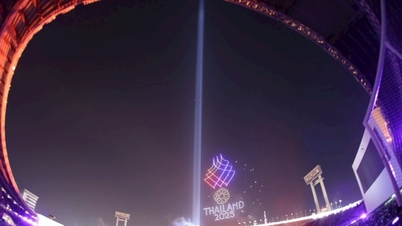

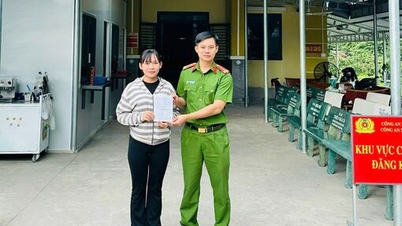












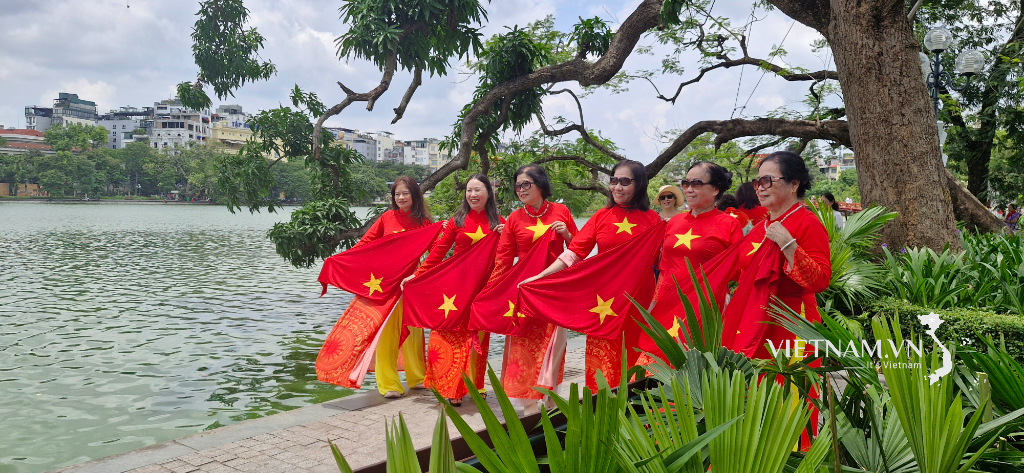
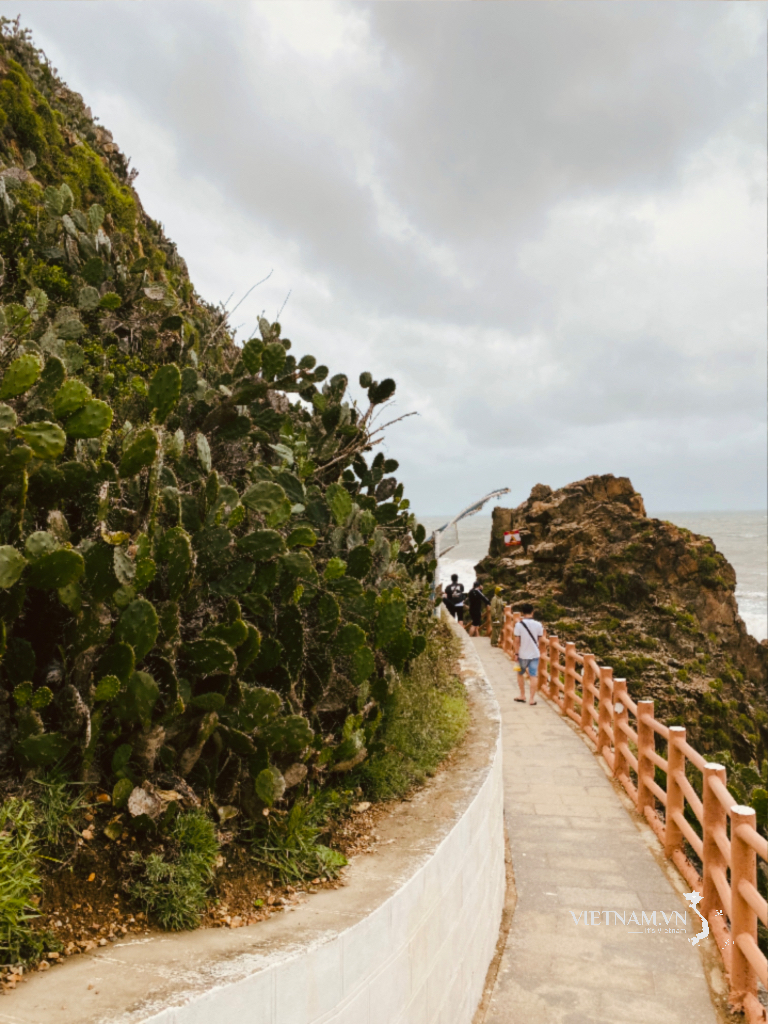




Comment (0)